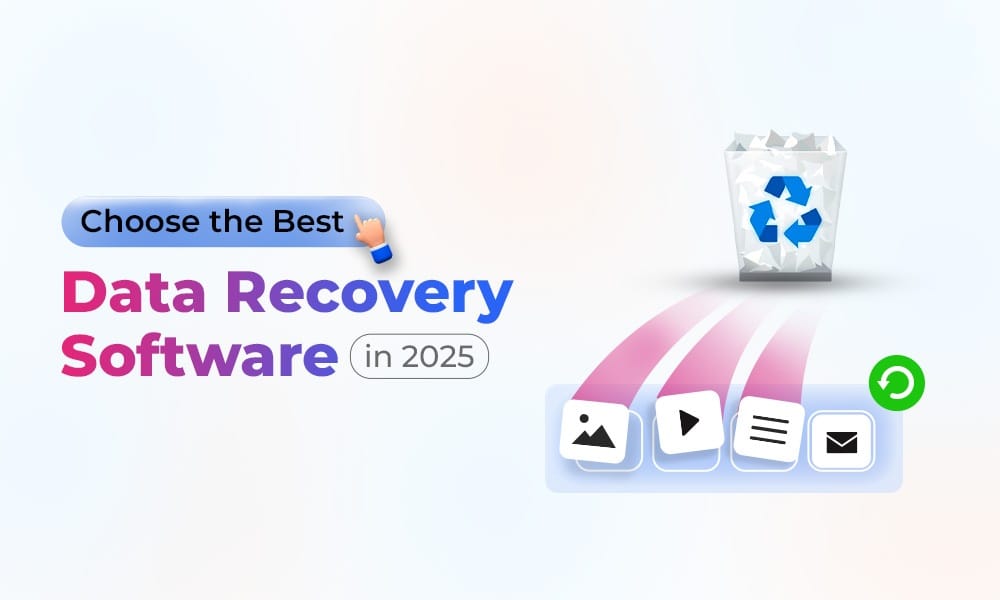5 Biggest Sales Challenges in Selling SaaS and How to Overcome Them
🔍Insights
Software as a service, commonly abbreviated as SaaS, is a type of software that is hosted by a software company or single provider. It permits its customers to connect to and use apps based on the exclusive cloud-based feature over the internet.
The customer need not need to worry about the storage. The software is backed up by the product engineers of the providers. The customer success team looks after the management of the software.
SaaS sales can be understood as the process of selling web-based software that is accessible by the customers through an online portal. SaaS sales products help solve business-related issues.
SaaS sales are regulated by the following sales representatives- Sales Development Representatives (SDRs) and Business Development Managers (BDMs). The former focuses on the outbound sales and qualifying leads, and the latter works on conducting product demos and closing deals respectively. Here is a list of a few most common challenges faced by SaaS founders that they face when selling SaaS, along with suggestions on how to overcome them.
1. Qualified and Unqualified Leads
2. Stressful SaaS Sales Cycle
3. Choosing the Right SaaS Sales Model
4. Conversion from Freemium to Premium
5. Too Many Competitors
Importance of SaaS Sales Strategy
Like all B2B sales, the prime objective of the SaaS sales team is to generate qualified leads and revenue for the company.
Planning gives an idea about what we are up to and paves the direction for us. Therefore, a strategized sales technique must be adopted. The decision of the SaaS sales strategy depends on the company’s SaaS adoption and development.
The SaaS sales strategy includes various sales techniques to fulfil two-fold objectives i.e., upselling clients and closing deals.
A SaaS Sales strategy plays a vital role in the success of the company as it focuses on the growth of the company and its position in the market, in the longer run. The SaaS sales strategy most commonly uses the subscription-based pricing model. While creating the strategy the team must focus on the following points:
- Lead generation to turn interested into sales.
- Focus on the target group of the market and convert prospects into consumers by introducing them to the company and its offerings.
- The final stage of the transaction includes the agreements signed between the company and the customers thereby, resulting in sales.
This simple 3-step transaction has to face a lot during the implementation phase.
1. Qualified and Unqualified Leads

Lead generation gives happiness. But the same end up in tears if it does not give you a sale in return. Therefore, it is necessary to make sure that you do not waste time on unqualified leads.
Categorization of your leads into qualified and unqualified must be followed after lead generation as not all leads require an equal amount of attention. Contacting all leads will result in a waste of time and leave you exhausted.
Here, the team needs to come up with a strategy so that more time and focus can be given to the most important leads. This distinction could be made by a little survey through an interesting and engaging questionnaire in a Google form or measuring their quality through a lead scoring formula.
Preparing a lead scoring model that fits your business model is a good idea. It helps to focus and save time on the most important inbound leads. It can also prepare you for future dealings with bigger opportunities yet to come in the future. The lead scoring formula gives amazing results when comes to filtering the potential customers from the free trial users who are never planning to convert.
2. Stressful SaaS Sales Cycle

SaaS sales cycles vary from product to product. Each sales cycle depends on various factors such as the target market, the pricing model, or even the target audience.
It might involve dealing with unrealistic expectations at times, which creates pressure on the sales team. The only solution to this problem is- Benchmarking. It helps you get started as you have a goal set to achieve. Once the benchmark is reached, it’s no more an issue. The next step is to align the results with the expectations.
The team should set a benchmark to predict the average sales cycle based on industry, pricing, and customers’ needs.
3. Choosing the Right SaaS Sales Model
Sales models play a vital role in the success journey. However, picking one isn’t as simple as it may seem. Your decision directly impacts the growth and revenue. Therefore, all the SaaS sales model options available must be reviewed thoroughly. Further, there should be a test to find the most suitable one in a limited time.
Finally, it can be rolled out if successful. Otherwise, there should be a re-test if your sales model lacks at any point for your SaaS product.
4. Conversion from Freemium to Premium
This one can be regarded as the biggest challenge for every SaaS business that wants to grow.
Many of the generated leads are of the view that they would enjoy the free trial and switch to the other SaaS product’s free trial once the previous one gets over, without paying for the product in the end.
It’s good to know that all the free trial users cannot be convinced to pay. But at the same time, you need to pay attention to those who are showing interest in your SaaS product in a different way as compared to others. They could be the ones who would like to continue.
That is the point where you need to create an engagement and keep those warmest leads engaged throughout the trial period. You need to set up a strategy for how you approach them.
You need to make them well versed with the benefits and further exclusive features eagerly waiting for your customers once their free trial ends. You should let them know how that your product is important to them as they are to you.
You must try to find out more about them and try not to overwhelm them. Take them into trust with your pocket-friendly policy and other benefits by the time they get ready to retain with you.
5. Too Many Options to Choose From

New SaaS products pop up like crazy. Having competition is good – it increases the value of the market.
When a customer is looking for that one product that satisfies exactly what he wants, he faces too many options. The customer gets confused about which SaaS product to choose from when several options are presented before them.
To make your product the most obvious and preferable choice out of many alternatives, you must think like a customer. You need to figure out the ways to stand out in the heavily crowded market.
You need to highlight the most exclusive feature that compels your customer to opt for your offering, over the other options available to them at the same time.
While presenting your product, you need to explain its value, how is it different from the other offerings, and how it benefits your customer.
Your website must be customer-friendly. It must be a little more informative than your competitors; fill it with the past experiences of you and your present and current customers. The content must be such that it helps customers make more informed decisions.

Conclusion
Every SaaS business faces sales challenges. Sales is not an easy task, we need to earn it. There is a solution to all the challenges. Whether it’s the lack of time to qualify all the leads, a longer sales cycle, or dealing with a saturated market. The only thing we need to do is to figure out the right strategy and find the best possible solution to get the SaaS product in front of customers.
FAQs
What are sales biggest challenges in selling SaaS?
The customer is faced with too many options, converting a customer from a free trial to a paid customer, choosing the right sales model, and qualified and unqualified leads.
Is it hard to sell SaaS?
Yes, selling a SaaS product is not easy as there are already other companies trying to convert customers into paid customers so it is important to make your product stand out and provide the best customer service.
Why is SaaS so profitable?
SaaS businesses are profitable as it is a recurring model where you are already earning revenue from recurring customers as well as from new customers.
Must have tools for startups - Recommended by StartupTalky
- Convert Visitors into Leads- SeizeLead
- Website Builder SquareSpace
- Manage your business Smoothly Google Business Suite






